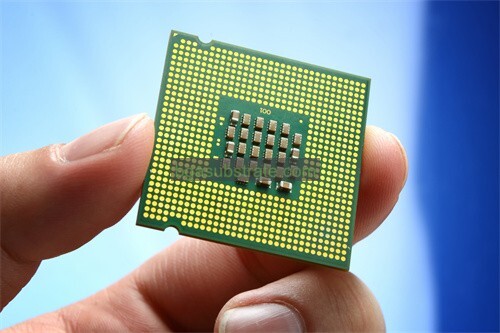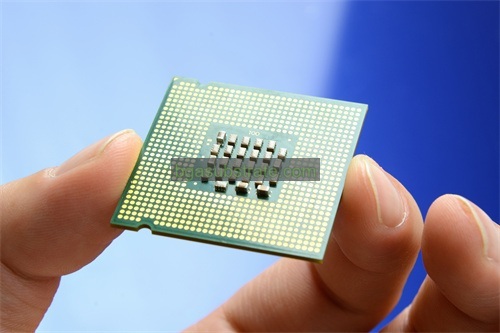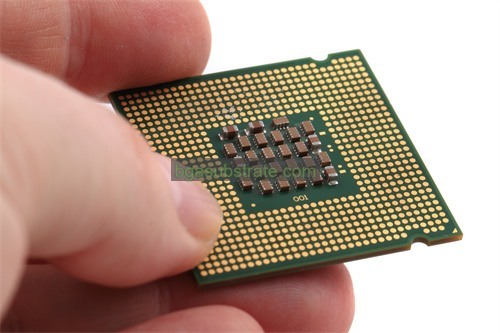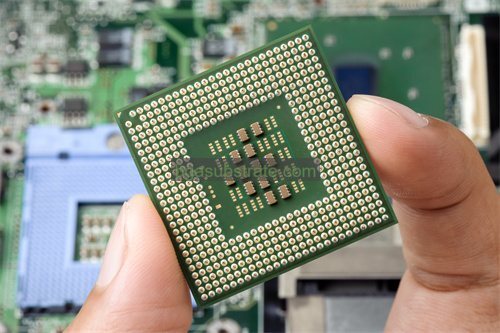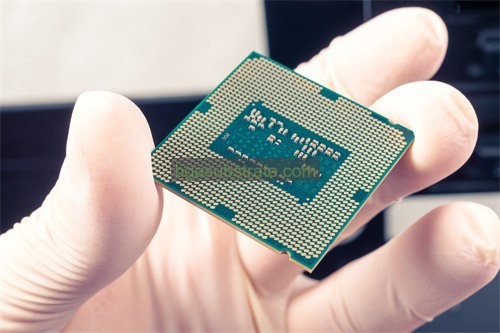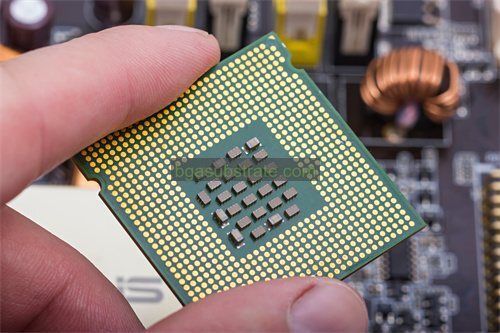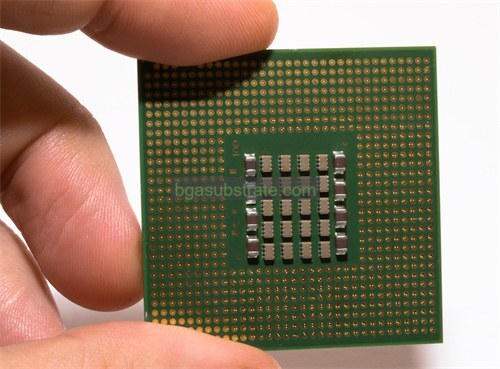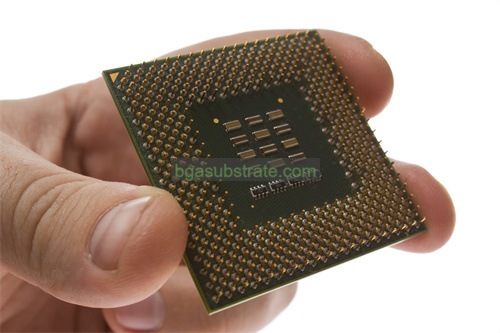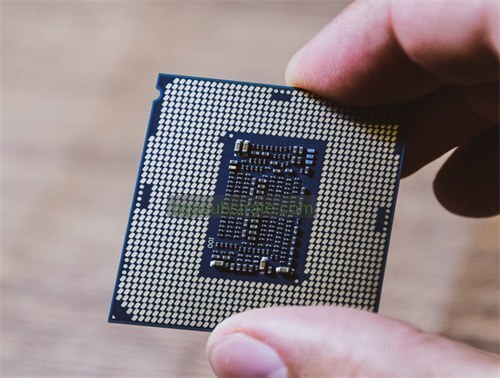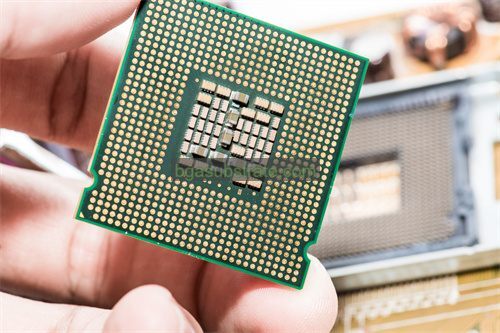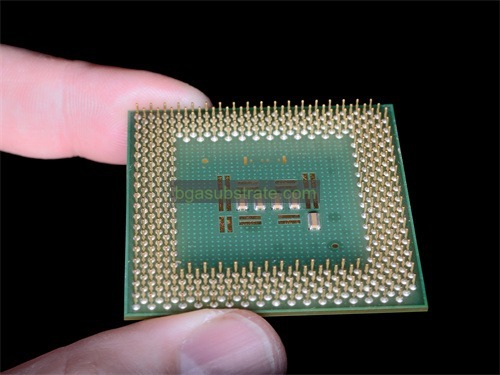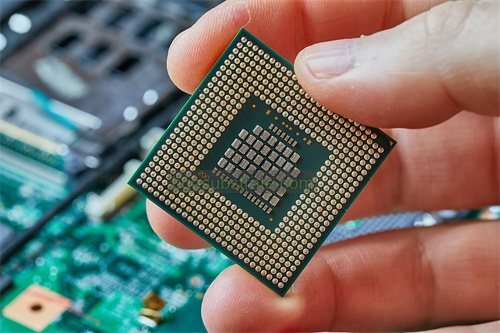ISOLA ASTRA® MT77 Substrate Fabricant
ISOLA ASTRA® MT77 Fabricant de substrat,ISOLA ASTRA® MT77 is a cutting-edge substrate material designed for high-frequency and high-speed PCB applications. It features outstanding electrical properties, y compris une constante diélectrique faible et une tangente à faible perte, which contribute to superior signal integrity and reduced signal loss. The substrate’s excellent thermal stability and mechanical strength make it ideal for complex, Cartes de circuits imprimés à grand nombre de couches. ASTRA® MT77’s robust performance ensures reliable operation in demanding environments such as telecommunications, aérospatial, and advanced computing. Its high-performance characteristics and durability make it a top choice for modern electronic designs requiring precision and reliability.
Quoi ISOLA ASTRA® MT77 Substrate?
ISOLA ASTRA® MT77 is a high-performance laminate designed for advanced printed circuit board (PCB) Applications. It is a member of the ASTRA® series by Isola Group, known for its superior thermal and electrical properties. This substrate is engineered to meet the demanding requirements of high-speed and high-frequency electronic applications, making it ideal for use in telecommunications, automobile, aérospatial, and other technology-driven industries.
Key features of ISOLA ASTRA® MT77 include its low dielectric loss and stable dielectric constant, which ensure minimal signal degradation and high signal integrity. This is particularly crucial in high-speed digital circuits and RF/microwave applications, where signal fidelity is paramount. The substrate’s low Coefficient of Thermal Expansion (CTE) also contributes to its reliability by minimizing thermal stress and preventing warping or delamination during temperature fluctuations.
De plus, ISOLA ASTRA® MT77 offers excellent thermal conductivity, which aids in effective heat dissipation and enhances the overall performance and longevity of electronic devices. Its mechanical properties are optimized to support complex circuit designs and high-density interconnections, ensuring robust performance even under challenging conditions.
The substrate is typically used in advanced PCBs where high performance and reliability are critical. Its advanced material properties make it a preferred choice for applications that demand high-speed data transmission and precise signal control, reflecting the increasing complexity and performance requirements of modern electronic systems.
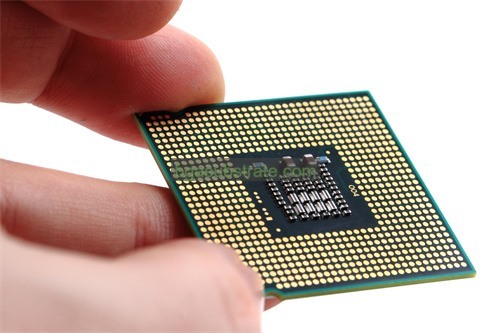
ISOLA ASTRA® MT77 Fabricant de substrat
Qu’est-ce que le ISOLA ASTRA® MT77 Substrate Directives de conception?
ISOLA ASTRA® MT77 substrate design guidelines are essential for optimizing the performance and reliability of printed circuit boards (PCB) that use this high-performance material. Here are key considerations:
- Layer Stack-Up Design: When designing PCBs with ASTRA® MT77, it’s crucial to carefully plan the layer stack-up. The substrate’s low dielectric loss and stable dielectric constant enable high-speed signal transmission, but this requires precise control of the layer thickness and spacing. Ensure that the stack-up minimizes signal crosstalk and maintains impedance control.
- Contrôle d’impédance: Maintaining consistent impedance is critical for high-speed and RF applications. Design traces and vias with attention to the substrate’s controlled impedance characteristics. Utilize simulation tools to model signal integrity and ensure that impedance values remain within specified tolerances.
- Gestion thermique: ASTRA® MT77 offers good thermal conductivity, but proper heat dissipation must still be managed. Design thermal vias and heat sinks to effectively distribute heat away from critical components. Consider using copper planes to enhance thermal management and improve overall performance.
- Mechanical Design: Given the substrate’s low CTE, minimize mechanical stresses that could cause warping or delamination. Ensure that the PCB design includes appropriate support structures and mounting features to maintain dimensional stability.
- Conception de traverses et de trous: The design of vias and plated-through holes should account for the substrate’s thermal and electrical properties. Use appropriate via sizes and plating techniques to prevent signal loss and ensure reliable electrical connections.
- Considérations relatives à la fabrication: Collaborate with PCB manufacturers to align on design parameters and manufacturing capabilities. ISOLA ASTRA® MT77 may have specific requirements for processing and handling, so verify these with your PCB fabricator.
- Testing and Validation:After manufacturing, perform thorough testing to validate the performance of the PCB. This includes signal integrity testing, thermal imaging, and mechanical stress analysis to ensure that the substrate meets the design specifications and application requirements.
En suivant ces directives, designers can leverage the high-performance attributes of ISOLA ASTRA® MT77 to create reliable and efficient electronic systems.
Les avantages de ISOLA ASTRA® MT77 Substrate
Le ISOLA ASTRA® MT77 substrate offers several advantages that make it an excellent choice for high-performance printed circuit board (PCB) Applications. Voici les principaux avantages:
- Faible perte diélectrique: ISOLA ASTRA® MT77 features a low dielectric loss tangent, which helps in minimizing signal attenuation and preserving signal integrity at high frequencies. This makes it ideal for high-speed digital and RF/microwave applications where signal fidelity is critical.
- Stable Dielectric Constant: The substrate maintains a stable dielectric constant over a wide range of frequencies and temperatures. This stability ensures consistent electrical performance, which is essential for high-frequency applications and precise signal transmission.
- Conductivité thermique élevée: ASTRA® MT77 offers excellent thermal conductivity, aiding in efficient heat dissipation from heat-sensitive components. This improves the overall reliability and performance of the PCB by preventing overheating and thermal stress.
- Faible coefficient de dilatation thermique (CTE): The substrate’s low CTE reduces the risk of warping and delamination under thermal cycling. This contributes to the mechanical stability of the PCB and ensures long-term reliability in varying temperature conditions.
- Résistance mécanique améliorée: The material is designed to support high-density interconnections and complex circuit designs. Its robust mechanical properties make it suitable for demanding applications, including those with high vibration or mechanical stress.
- High Performance in High-Frequency Applications: Due to its low dielectric loss and stable dielectric properties, ISOLA ASTRA® MT77 excels in high-frequency applications such as telecommunications and aerospace, where signal integrity and performance are crucial.
- Compatibility with Advanced PCB Technologies: The substrate is compatible with various advanced PCB technologies, including those requiring fine-pitch components and high-density interconnects. This flexibility makes it a versatile choice for cutting-edge electronic designs.
- Reduced Signal Interference: The substrate’s properties help in minimizing signal interference and crosstalk, which is essential for maintaining signal clarity and reducing noise in complex electronic systems.
These advantages make ISOLA ASTRA® MT77 a preferred substrate material for applications that demand high performance, fiabilité, and precision in modern electronic systems.
Qu’est-ce que le ISOLA ASTRA® MT77 Substrate Processus de fabrication?
The ISOLA ASTRA® MT77 substrate fabrication process involves several key steps to ensure the production of high-quality printed circuit boards (PCB) that meet the material’s performance specifications. Voici un aperçu du processus de fabrication typique:
- Préparation du matériel: Begin with the preparation of ISOLA ASTRA® MT77 laminate sheets. These sheets are manufactured with precise control over their electrical and thermal properties. Ensure that the material is stored and handled properly to avoid contamination and damage.
- Layering and Stack-Up:Design the PCB stack-up according to the required layer configuration. Stack up the ISOLA ASTRA® MT77 layers with any additional dielectric or conductive layers needed for the specific application. The stack-up must be aligned and bonded correctly to ensure electrical and mechanical integrity.
- Laminage: The stacked layers are subjected to a lamination process, where heat and pressure are applied to bond the layers together. This step involves placing the stack into a press and applying controlled temperature and pressure to cure the resin and create a solid, unified substrate.
- Drilling and PTH (Plated Through-Hole) Formation: Once laminated, the substrate is drilled to create vias and holes. These are essential for interconnecting different layers of the PCB. The holes are then processed to create plated through-holes (PTHs) using an electroplating process, which adds a layer of conductive material to the inner walls of the holes.
- Etching and Patterning: The next step involves applying a photoresist layer to the substrate and using photolithography to define the circuit patterns. The unwanted copper is then removed through an etching process, leaving behind the desired circuitry on the substrate.
- Application du masque de soudure: A solder mask is applied to protect the copper traces and prevent solder bridging during component assembly. This layer is selectively applied to areas where solder is not required, and then cured to ensure durability.
- Finition de surface: Apply a surface finish to the exposed copper areas to enhance solderability and protect against oxidation. Les finitions courantes incluent HASL (Nivellement de la soudure à l’air chaud), ENIG (Nickel autocatalytique par immersion d’or), or other advanced options depending on the application requirements.
- Inspection et essais: Perform thorough inspection and testing of the fabricated PCBs to ensure they meet the design specifications and quality standards. Cela inclut les tests électriques, inspection visuelle, and mechanical checks to verify the integrity and performance of the PCB.
- Cutting and Final Processing: Cut the PCBs to the final size and shape. Any additional processing, such as scoring or routing, is performed to meet the specific requirements of the end application.
- Final Quality Control: Conduct a final quality control check to ensure that the PCBs are free of defects and meet all performance criteria before shipping to the customer.
En suivant ces étapes, manufacturers can ensure that ISOLA ASTRA® MT77 substrates are produced with high precision and quality, ce qui les rend adaptés aux applications électroniques exigeantes.
L’application de la céramique ISOLA ASTRA® MT77 Substrate
The ceramic ISOLA ASTRA® MT77 substrate is used in various high-performance and specialized applications due to its superior thermal, électrique, and mechanical properties. Voici quelques applications clés:
- Circuits numériques à haut débit: The low dielectric loss and stable dielectric constant of ISOLA ASTRA® MT77 make it ideal for high-speed digital circuits. Its ability to maintain signal integrity at high frequencies is crucial for applications such as high-speed data communication and advanced computing systems.
- RF/Microwave Applications: The substrate’s excellent electrical performance at microwave frequencies makes it suitable for RF (radiofréquence) et applications micro-ondes. It is used in components such as antennas, Filtres, and amplifiers, where signal quality and minimal loss are critical.
- Télécommunication: In telecommunications, where high data rates and signal clarity are essential, ISOLA ASTRA® MT77 is used in PCBs for network equipment, base stations, and other communication devices. Its performance helps ensure reliable and efficient data transmission.
- Aérospatiale et défense: The substrate’s high thermal conductivity and mechanical strength make it suitable for aerospace and defense applications. It is used in components that must withstand harsh environments and high temperatures, such as radar systems, communications par satellite, et avionique.
- Électronique automobile: Dans l’industrie automobile, ISOLA ASTRA® MT77 is used in high-performance electronics that require durability and reliability under varying temperature conditions. Applications include advanced driver-assistance systems (ADAS), systèmes d’infodivertissement, et les unités de commande du moteur.
- Electronique de puissance: The high thermal conductivity of ISOLA ASTRA® MT77 helps manage heat in power electronic devices. It is used in power converters, Onduleurs, and other high-power applications where efficient heat dissipation is necessary to maintain performance and reliability.
- Dispositifs médicaux: The substrate’s stable electrical properties and mechanical reliability are beneficial for medical devices that require precise and reliable performance. Applications include imaging systems, Équipement de diagnostic, and wearable health monitors.
- Électronique grand public: In consumer electronics, ISOLA ASTRA® MT77 is used in advanced gadgets and devices where high performance and reliability are needed. This includes high-definition displays, Consoles, and smart devices.
- High-Frequency Testing Equipment: The substrate’s properties make it suitable for use in high-frequency testing equipment, where accurate signal measurement and minimal interference are essential for calibration and diagnostic purposes.
In these applications, ISOLA ASTRA® MT77 provides enhanced performance characteristics, such as improved signal integrity, heat management, et stabilité mécanique, making it a valuable material for demanding electronic and technological applications.
FAQ sur ISOLA ASTRA® MT77 Substrate
What is ISOLA ASTRA® MT77?
ISOLA ASTRA® MT77 is a high-performance laminate substrate designed for advanced printed circuit boards (PCB). It is known for its low dielectric loss, stable dielectric constant, conductivité thermique élevée, and low Coefficient of Thermal Expansion (CTE).
What are the main benefits of using ISOLA ASTRA® MT77?
The main benefits include superior signal integrity, minimal signal attenuation, excellente gestion thermique, reduced risk of warping or delamination, and compatibility with high-speed and high-frequency applications.
What types of applications is ISOLA ASTRA® MT77 suitable for?
It is suitable for high-speed digital circuits, RF/microwave applications, télécommunication, Aérospatiale et défense, Électronique automobile, électronique de puissance, Dispositifs médicaux, Électronique grand public, and high-frequency testing equipment.
How does ISOLA ASTRA® MT77 compare to other substrates?
Compared to standard FR4 substrates, ISOLA ASTRA® MT77 offers lower dielectric loss, better thermal conductivity, and greater stability at high frequencies. This makes it more suitable for advanced applications requiring high performance and reliability.
What is the fabrication process for ISOLA ASTRA® MT77?
Le processus de fabrication comprend la préparation des matériaux, marcottage, laminage, drilling and plating, etching and patterning, Application du masque de soudure, surface finish, Inspection et essais, and final cutting and quality control.
What are the key design considerations when using ISOLA ASTRA® MT77?
Key considerations include careful layer stack-up design, impedance control, Gestion thermique, mechanical design, via and hole design, and collaboration with PCB manufacturers for optimal results.
 Le nom de votre site Web
Le nom de votre site Web


